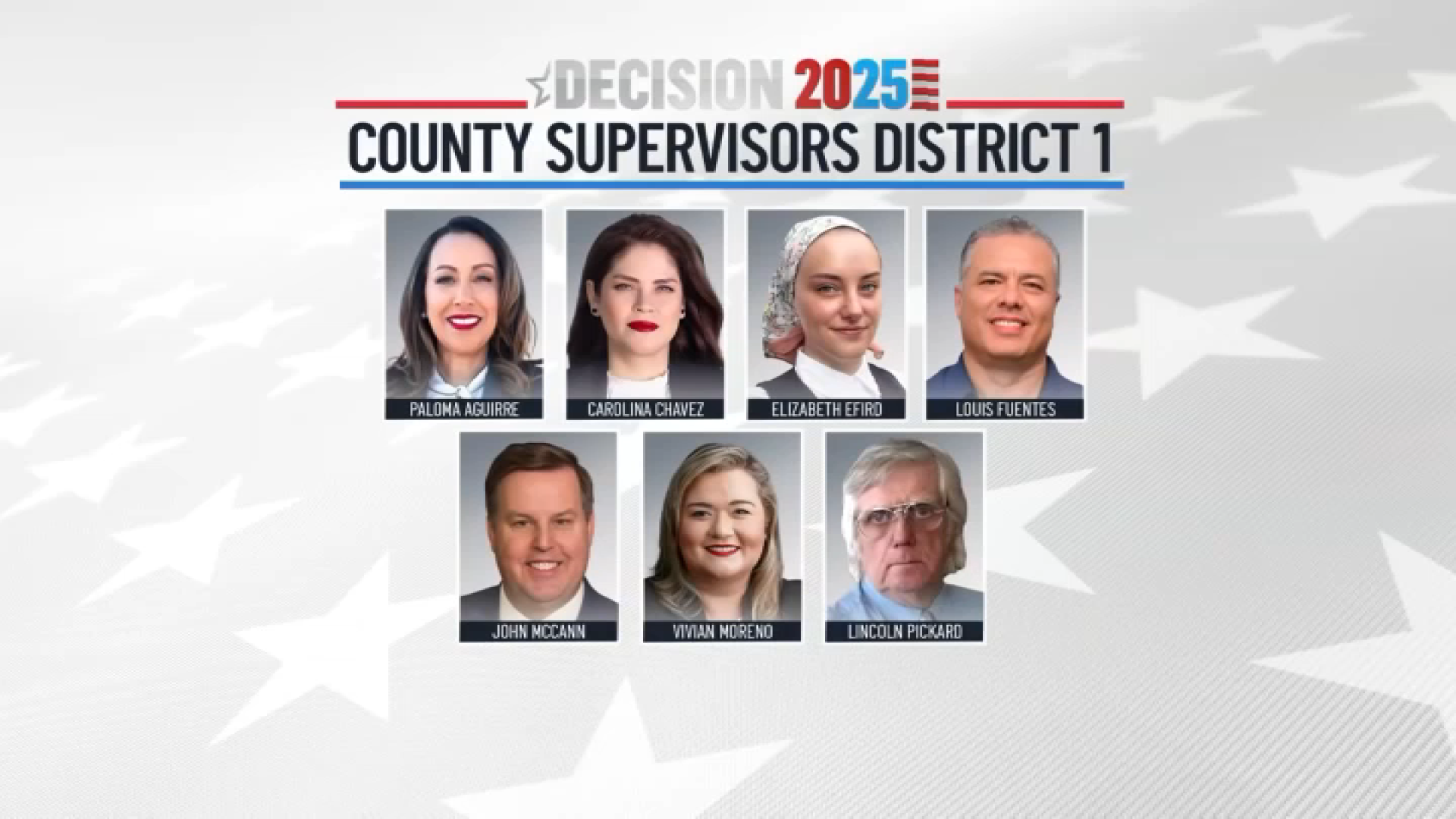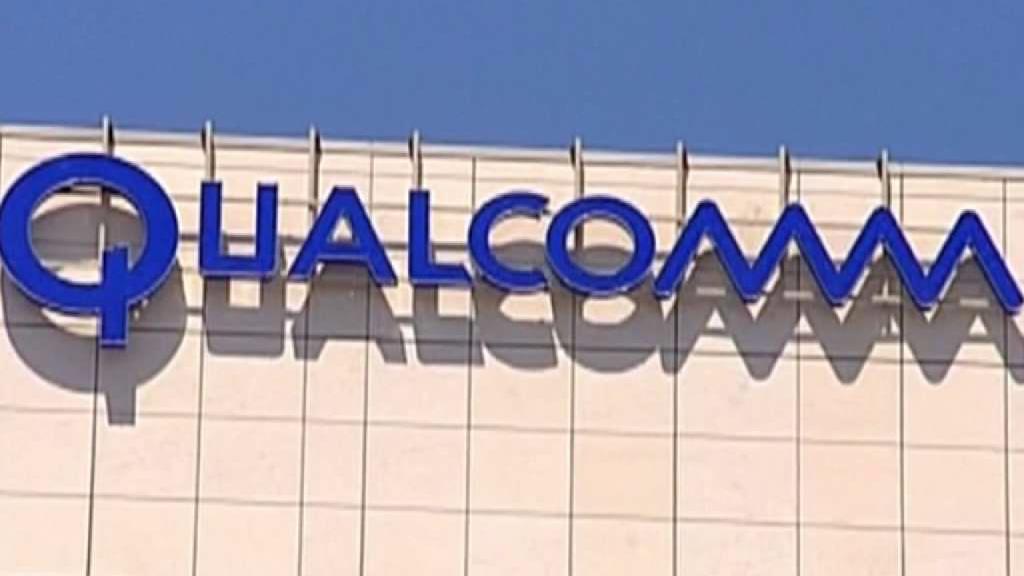The pilot program pairs frequent 9-1-1 callers with paramedics, giving patients an alternative to calling the emergency line when things go wrong. NBC 7’s Mari Payton has more.
People calling 911 emergency systems excessively, some over 100 times a year, cost taxpayers money and clogs the emergency system.
In San Diego a pilot program that would reduce the use of the system by these "frequent flyers" has been tested for the last two years. The goal of the pilot program is to reduce the call load for the 911 system and help "frequent flyers" land services which can help them. It's one of several different programs being tested across California to see if the role of a paramedic can be expanded.
It’s being called the community paramedic program, also known as mobile integrated health. Supporters of the program say California is often considered on the cutting edge for health care issues but not necessarily in the use of all the resources available.
That is why, California Emergency Medical Services Director, Doctor Howard Backer says he pushed for the community paramedic program to receive an exemption from the state. According to California state law, paramedics are only allowed to treat at the emergency scene and during transport. Backer pushed and obtained the exemption in order to allow for the paramedic’s role in non-911 settings to be expanded.
He said, the state has to "utilize our existing workforce, our paramedic workforce, to fill gaps in our health care system.”
His department has oversight of the test program at the state level and tracks what local agencies are implementing.
Similar programs have been launched and are ongoing in 33 other states, including Texas and Colorado, which are considered leaders in the effort to expand the role of paramedics.
Local
NBC 7 Investigates trailed along with a community paramedic team who recently made a house call, visiting a once frequent user of the 911 call system.
"I was having problems with my heart, my lungs, my kidney,” Robin Harris said.
She was once calling 911 as often as eight times a month. But, those calls have stopped. Harris was paired with community paramedics Shawn Percival and Loretta Contreas. The paramedic pair drop by Harris’ small apartment to monitor her as needed.
While on duty both paramedics face a wide range of health care issues they work to find solutions for. Percival, a military veteran himself, focuses on veterans issues. Contreras handles elderly and primary care patients. The pair, back each other up, help each other take notes and confer on different problems they encounter. They said its about earning a patient's trust.
"I call her with my little problems, my little emergencies,” Harris said. “[Contreras] always seems to know what to do to help me.”
Harris is not alone.
“We have about 1,200-1,300 people in San Diego that call 911 a lot," Anne Jensen with the City of San Diego Fire Department said. “Some call six times a year, others call more than 100 times a year."
Jensen oversees the community paramedic program for San Diego Fire. "We start with the most frequent callers, we consider them the most vulnerable,” she said.
The department began tracking who was making the most calls to see if some personal intervention, on the part of a community paramedic team, might help resolve any long-running problems by the callers.
Data provided to NBC 7 Investigates shows there was a 72.7 percent drop in usage by the top 25 heaviest users of the system.
The evaluation of the numerous pilot programs launched in California was completed by a team at the University of California at San Fransisco this week. The review found specially trained paramedics can provide services which can “improve patients well being” resulting in “decreasing healthcare costs”.
Click here to read the report.
The programs show "great promise,” Dr. Backer said. "Especially for vulnerable people with fragmented or non-existent care."
Other programs being tested and tracked include one for Glendale and San Bernardino which attempts to reduce the number of re-admissions to emergency rooms and hospitals by having paramedics do short term follow-ups with the patients. Another program in Ventura has paramedics monitoring TB patients to make sure they follow the treatment protocols for the disease. In The Carlsbad Fire Department offers 911 callers with a low acuity medical condition transportation to urgent care centers instead of an emergency department
The programs require additional training and in San Diego has been designated for veteran paramedics, with experience. In San Diego, private paramedic companies pick up the costs for the additional training with other funding coming from the California Healthcare Foundation.
The programs do not come without opposition. Some stakeholders in the health care system, like the California Nurses Association, is opposed to expanding the role of paramedics.
In a statement to NBC 7 Investigates, Donald Nielsen, Director of Government Relations for the CNA said, “while the proponents of this project argue for some limited, short-term financial benefits, these savings come at the cost of fragments the healthcare system which enriching private, for-profit ambulance companies and the unnecessary endangerment of patients."
A spokesperson for the California State Council, Emergency Nurses Association told NBC 7 Investigates they do not oppose community paramedic programs.
Click here to read Nielsen’s and the State Council, Emergency Nurses Association statements.



